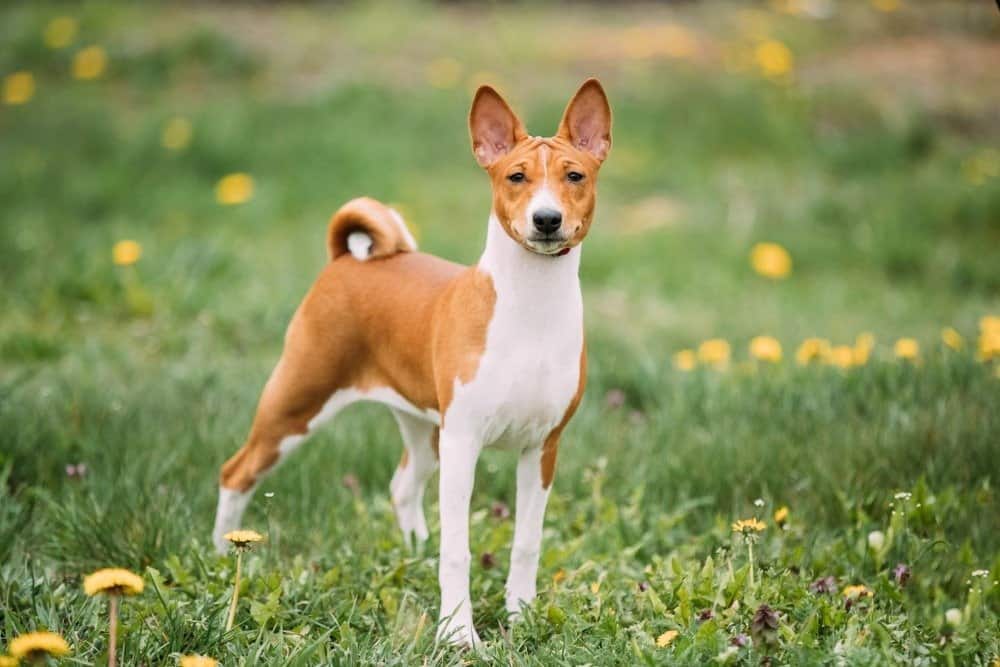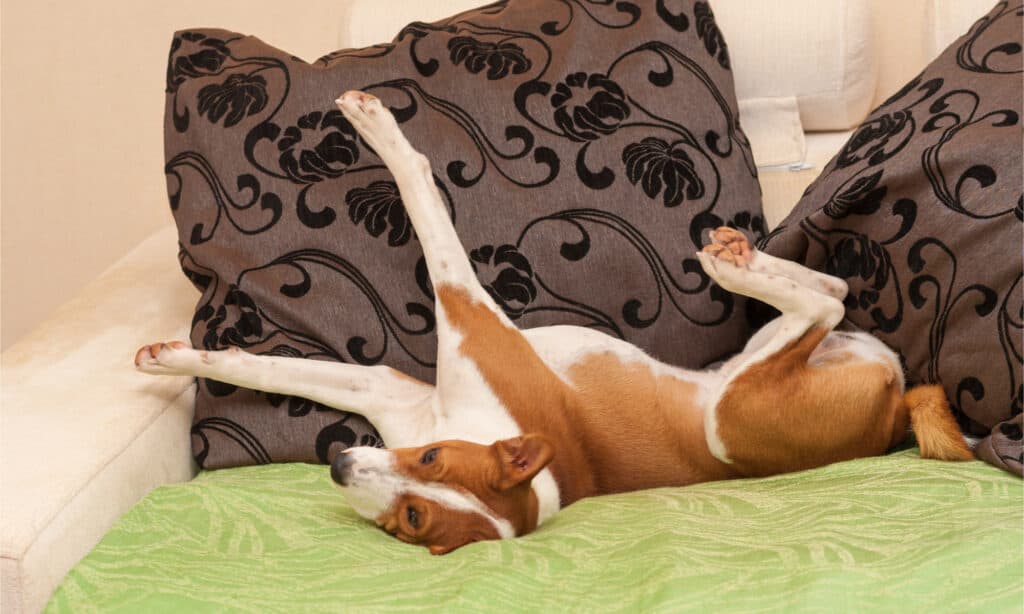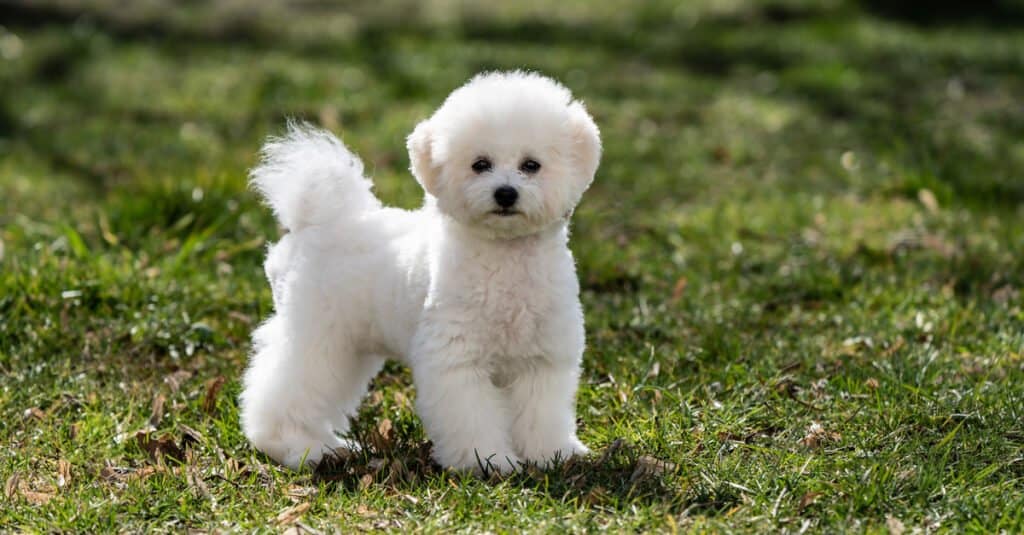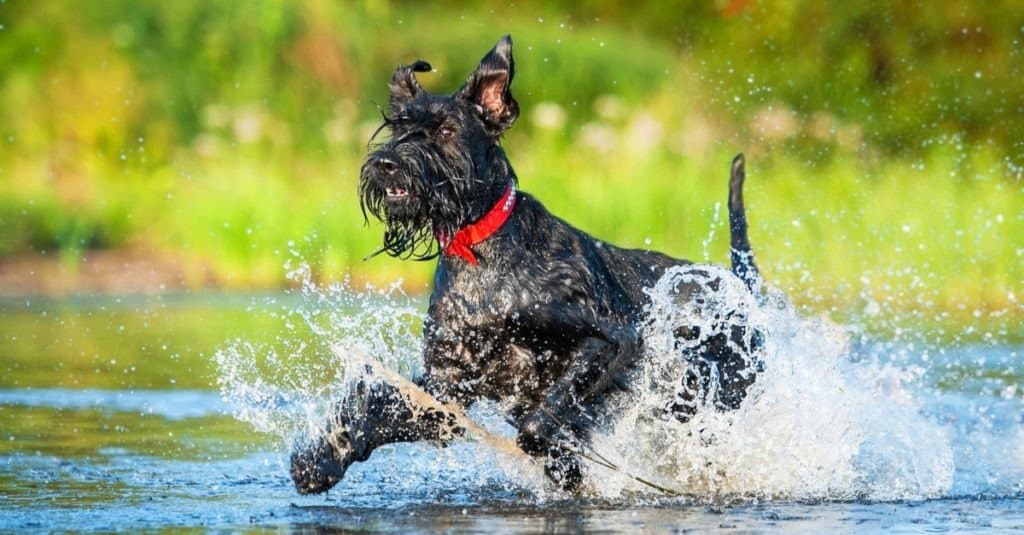Basenjis are an ancient breed of dog that originated in Africa. They are known for their unique physical characteristics, including their curled tail, erect ears, and short, shiny coat. They are also known for being highly intelligent, independent, and athletic dogs. One question that often arises for potential basenji owners is whether they are hypoallergenic.
What Does It Mean for a Dog to Be Hypoallergenic?
Some dog breeds are called “hypoallergenic” because they have a reduced chance of triggering allergies in people. However, it’s important to remember that no dog is completely free from causing allergies. The term “hypoallergenic” can be misleading. So, what does it mean, then?
In the context of dogs, the term hypoallergenic generally refers to breeds that produce less dander. Dander refers to the minuscule pieces of dead skin that pets shed. It is the main cause of allergens for individuals with allergies. When people with allergies are exposed to pet dander, their immune system reacts as if it’s harmful, causing different symptoms like sneezing, itching, and respiratory problems.
Are the Symptoms Life-Threatening?
Although pet allergy symptoms are not life-threatening, they can still be uncomfortable and may need medical treatment. Therefore, before bringing a pet home, it is crucial to consider whether the breed is hypoallergenic.

Basenjis make a great option for someone looking for a hypoallergenic four-legged family member.
©Grisha Bruev/Shutterstock.com
The Characteristics of Basenjis
Basenjis have several characteristics that may make them hypoallergenic, but shedding is not the only factor to consider. While basenjis shed very little, they still create dander and potentially cause issues for those with allergies.
Several factors influence the amount of dander a dog produces, including the dog’s skin type, the amount of saliva they produce, and how often they bathe. For example, dogs with dry skin produce more dander than those with oily skin, and dogs with more saliva produce more allergens overall.
Additionally, bathing frequency can also play a role in how much dander a dog produces. While regular bathing can help to remove loose hair and dander, it can also strip the skin of its natural oils, leading to dryness and increased dander production. As a result, it’s important to strike a balance between keeping your basenji clean and not over-bathing them.
One of the reasons that basenjis are hypoallergenic is that they have a short, fine coat that requires minimal grooming. Their coat is typically shiny and smooth, and they do not require regular trimming or styling like some other breeds. This means there is less opportunity for loose hair and dander to accumulate on the coat and spread around the home.
However, it’s important to remember that even though basenjis produce less dander than some other breeds, they are not completely hypoallergenic. If you have severe allergies, spending some time around basenjis before committing to owning one to see how your allergies will be affected is important. It’s also important to manage your allergies, such as regular grooming, cleaning, and allergy control measures.

Several factors determine how hypoallergenic a dog is.
©Yuri Kravchenko/Shutterstock.com
Managing Allergies with Basenjis
If you want a basenji but have allergies, there are some steps you can take to manage your symptoms. You can still have your dream dog if you take the necessary steps to reduce your risk of an allergic reaction.
Regular grooming is important for any dog but can be especially helpful for allergy sufferers. Brushing your basenji’s coat regularly can help to remove some dander, reducing the number of allergens in your home. Bathing your basenji regularly can also help to keep their coat clean and reduce the amount of dander they produce. However, it’s important not to over-bathe your basenji, as this can lead to dry skin and increased dander production.
Cleaning and allergy control measures are also important for managing allergies with basenjis. Vacuuming frequently, especially in areas where your basenji spends time, can help to get dander off surfaces. Using a high-quality air purifier can also help to reduce the amount of allergens in your home. HEPA filters are particularly effective at capturing allergens, including dander.
If possible, it’s also a good idea to limit your basenji’s access to specific areas of your home, such as your bedroom, to help reduce your exposure to allergens. Keeping your basenji off furniture, for instance, couches and beds, can also help lower the amount of dander they leave.
Besides these measures, it’s important to work with your doctor to develop a treatment plan for your allergies. This may include prescription medications, such as antihistamines, nasal sprays, or allergy shots (immunotherapy).

A bichon frisé is one of the best options for someone who has allergies.
©Ieva Tvaronavicute/Shutterstock.com
Breeds That Are More Hypoallergenic
Basenjis produce less dander than some other breeds but are not completely hypoallergenic. If you have severe allergies, looking for a more hypoallergenic breed might be better.
Some breeds are known for being more hypoallergenic than others. These breeds include the poodle, bichon frisé, and Maltese. These breeds have curly or wavy coats that can help to trap dander and prevent it from spreading around your home. They also tend to produce less saliva than some other breeds, which can help reduce the amount of allergens they produce.
What Is the Longest-Living Hypoallergenic Dog?
A toy poodle has the longest lifespan among hypoallergenic dog breeds, ranging from 10 to 18 years. A Toy Poodle has the longest lifespan among hypoallergenic dog breeds, ranging from 10 to 18 years. However, other small breeds like the bichon frisé and Maltese are considered hypoallergenic and have a similar long lifespan of 14-15 years and 12-15 years, respectively. It’s worth noting that no breed can fully eliminate allergens, but these breeds may produce less dander and could be a suitable choice for people with dog allergies.

A giant schnauzer is one of the larger dog breed options that are hypoallergenic.
©Rita_Kochmarjova/Shutterstock.com
Are There Any Larger Dog Breeds That Are Hypoallergenic?
It is possible to find hypoallergenic dog breeds that are also larger in size. Some examples of these breeds are the giant schnauzer, Samoyed, Afghan hound, labradoodle, Bergamasco sheepdog, lagotto Romagnolo, Airedale terrier, and bouvier des Flandres. These breeds may suit individuals with dog allergies as they tend to produce less dander.
Considerations for Basenji Owners
While basenjis may not be completely hypoallergenic, they have many other qualities that make them great pets. Basenjis are intelligent, playful, loyal, and form strong bonds with their owners. They are also low-maintenance dogs in terms of grooming and exercise. That makes them a good choice for busy families or individuals.
If you do decide to get a basenji and you have allergies, it’s important to keep in mind that the severity of your symptoms may vary depending on the individual dog. Some basenjis may produce less dander than others. With that, choosing a breeder or rescue organization is crucial to help you find a dog that matches your allergies well.
It’s also important to remember that managing allergies with any dog requires effort and commitment. Regular brushing, scrubbing, and allergen control steps are all necessary to decrease the amount of dander and allergens in your home. If you’re willing to put in the effort, however, living with a basenji can be a rewarding experience for you and your furry friend.
Conclusion
Although basenjis are not entirely hypoallergenic, they produce less dander than other breeds. Practicing appropriate grooming and measures to control allergies makes living comfortably with a basenji possible, even if you suffer from allergies. If you plan on getting a basenji and you have allergies, it is crucial to conduct thorough research. Further, spend time with the breed before deciding, and be ready to manage your symptoms. With the proper approach, owning a basenji can be an amazing experience for you and your pet.
The photo featured at the top of this post is © Grisha Bruev/Shutterstock.com
Ready to discover the top 10 cutest dog breeds in the entire world?
How about the fastest dogs, the largest dogs and those that are -- quite frankly -- just the kindest dogs on the planet? Each day, AZ Animals sends out lists just like this to our thousands of email subscribers. And the best part? It's FREE. Join today by entering your email below.
Thank you for reading! Have some feedback for us? Contact the AZ Animals editorial team.






